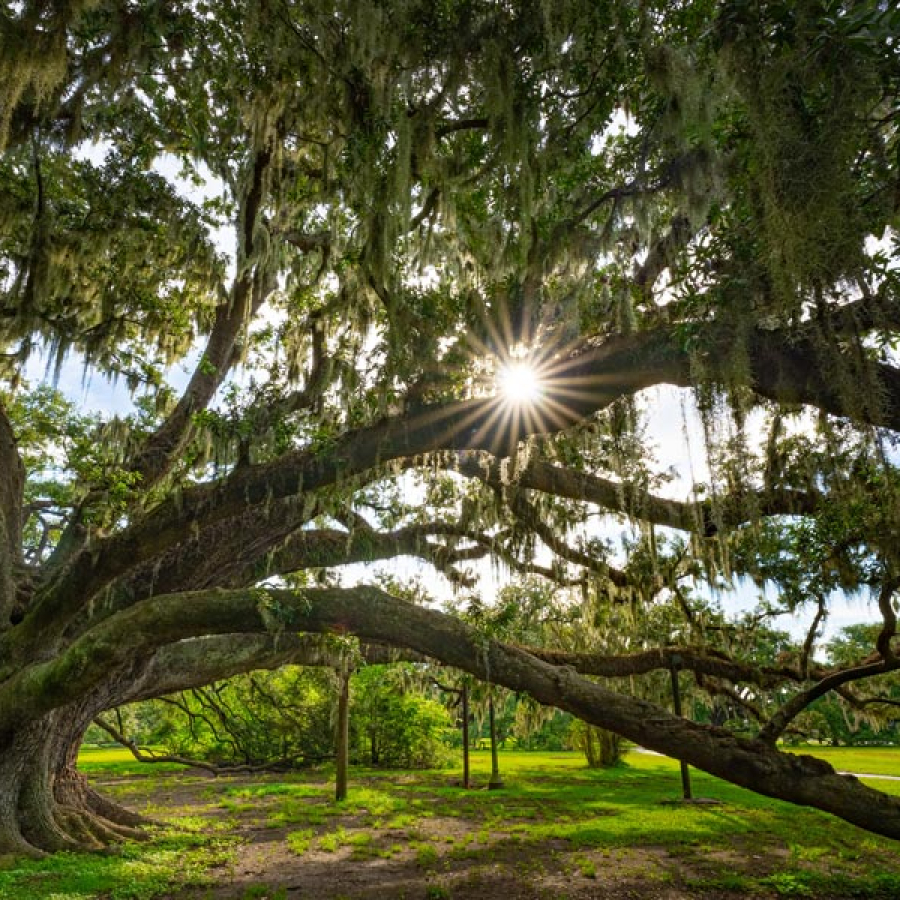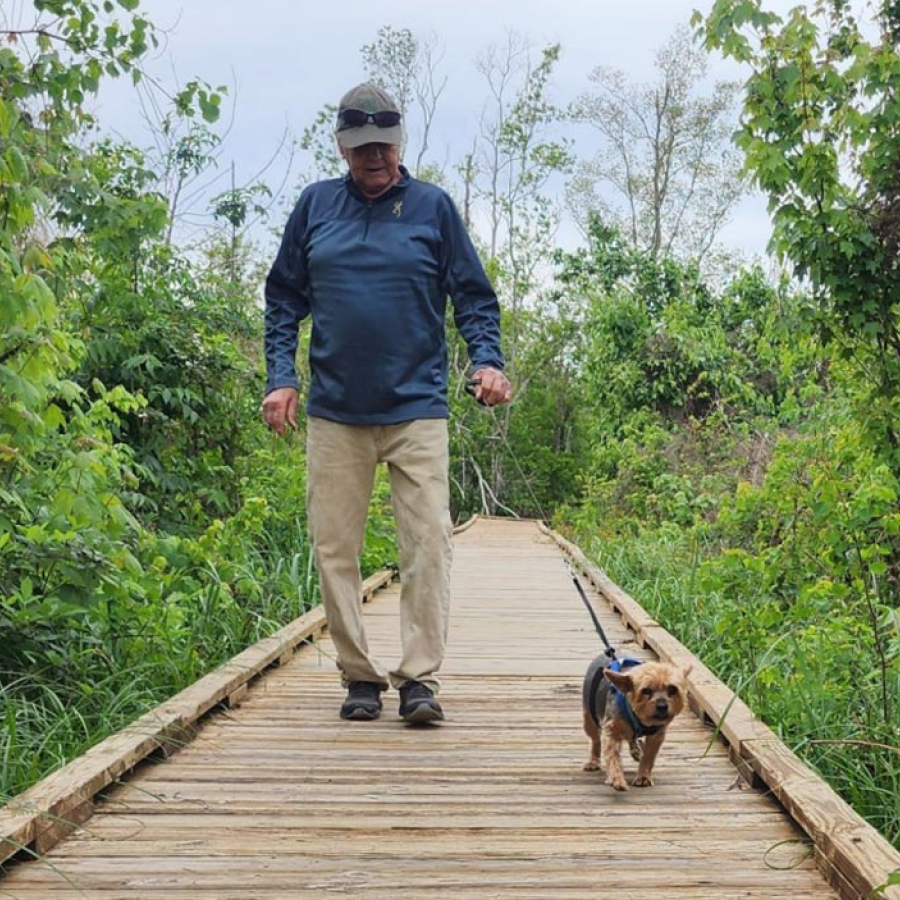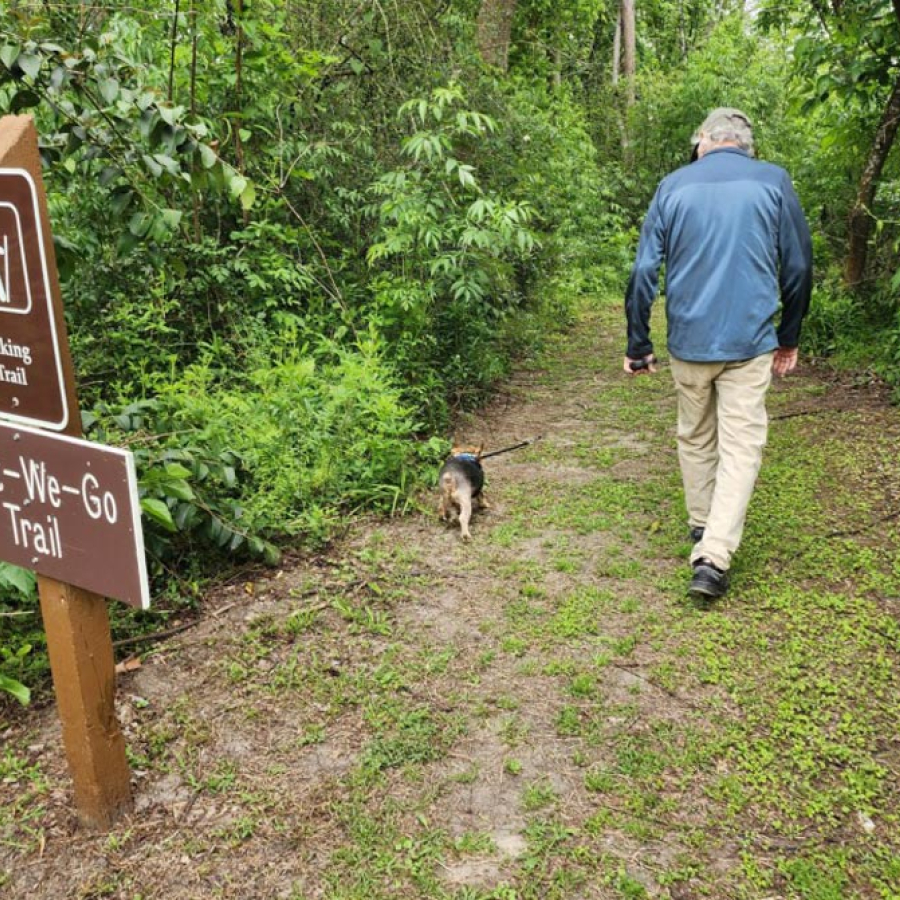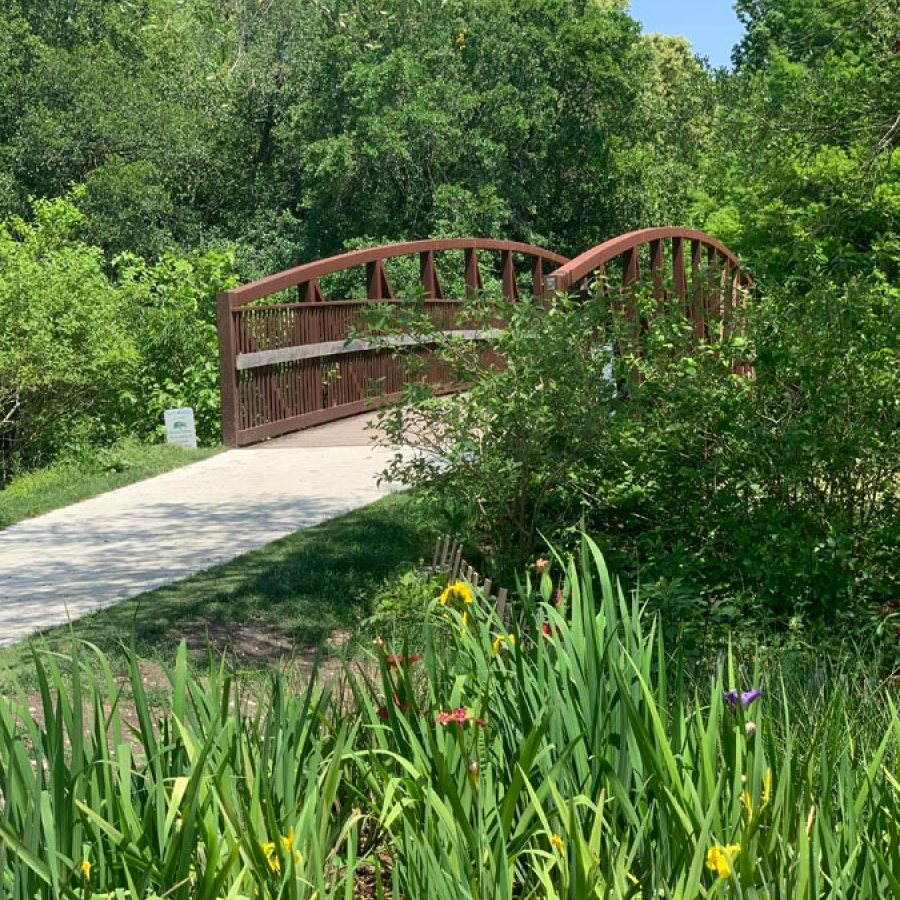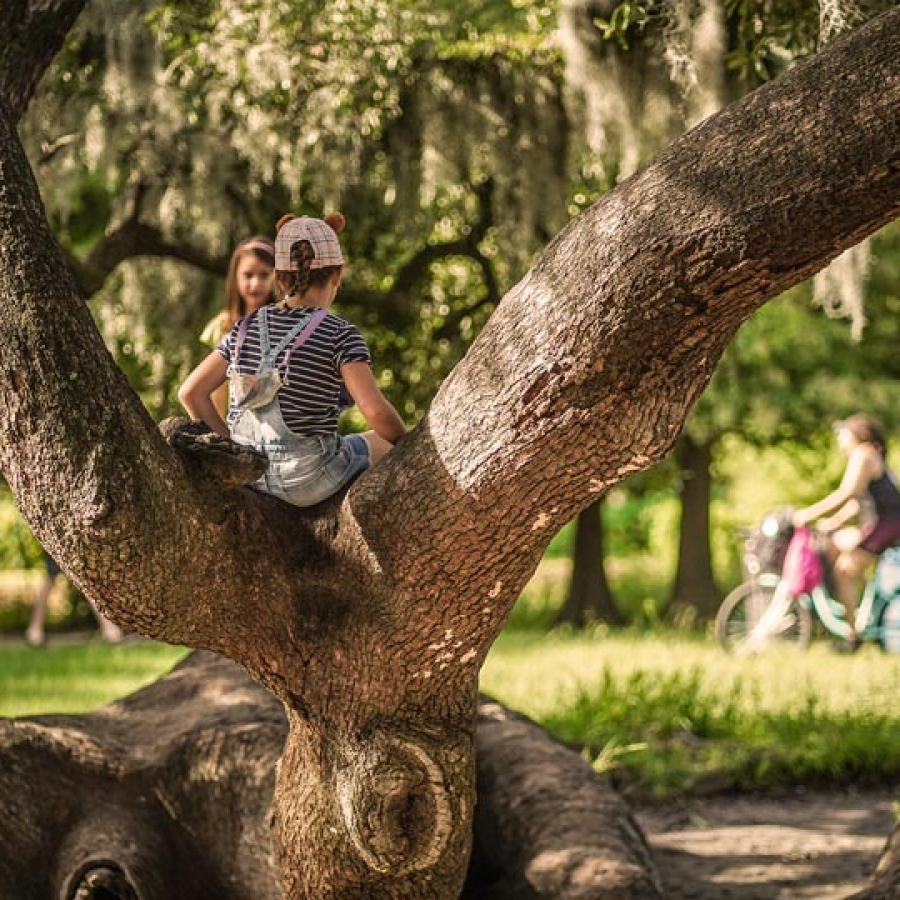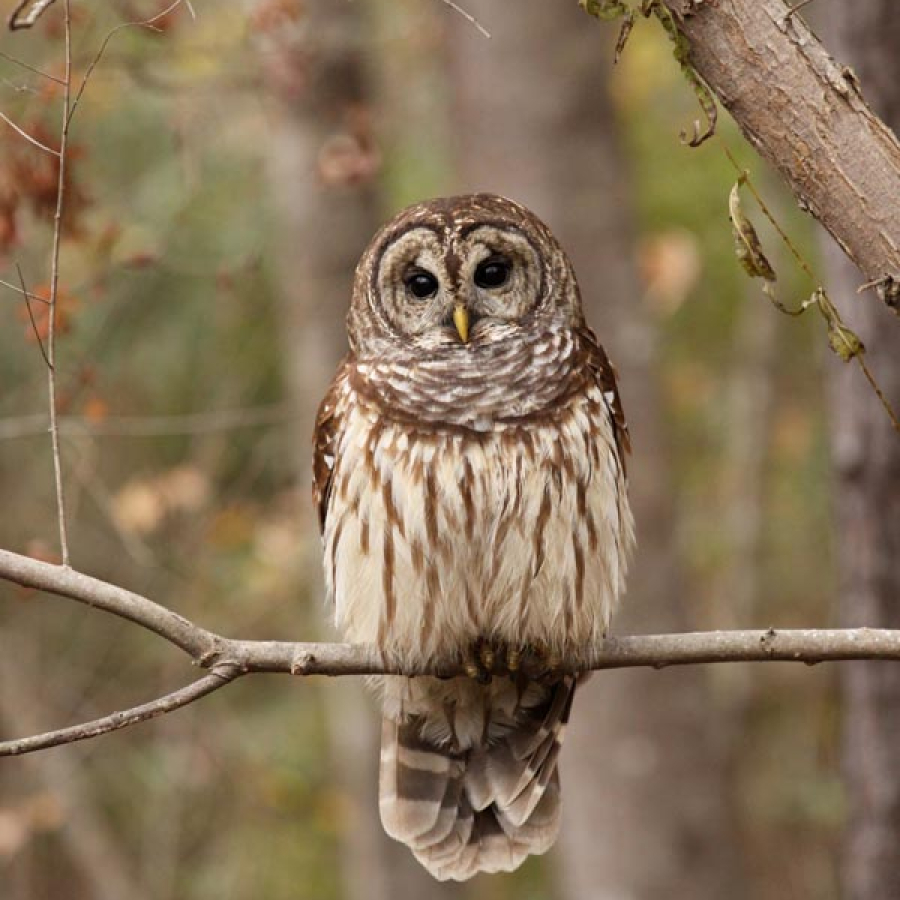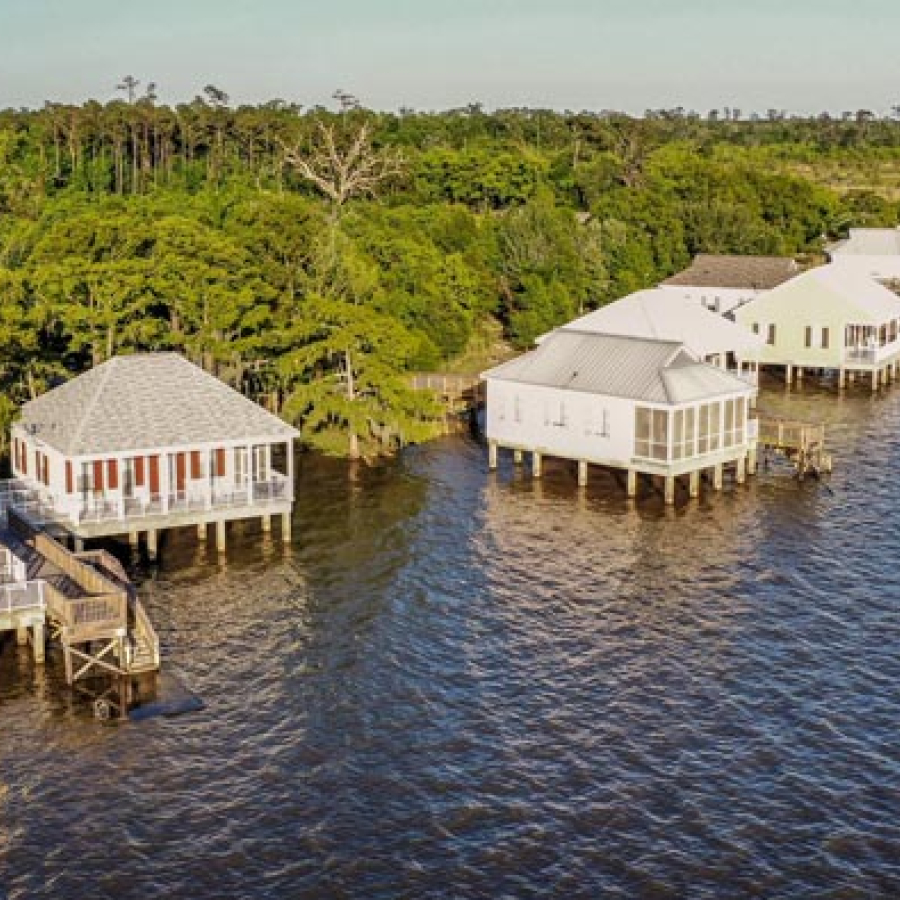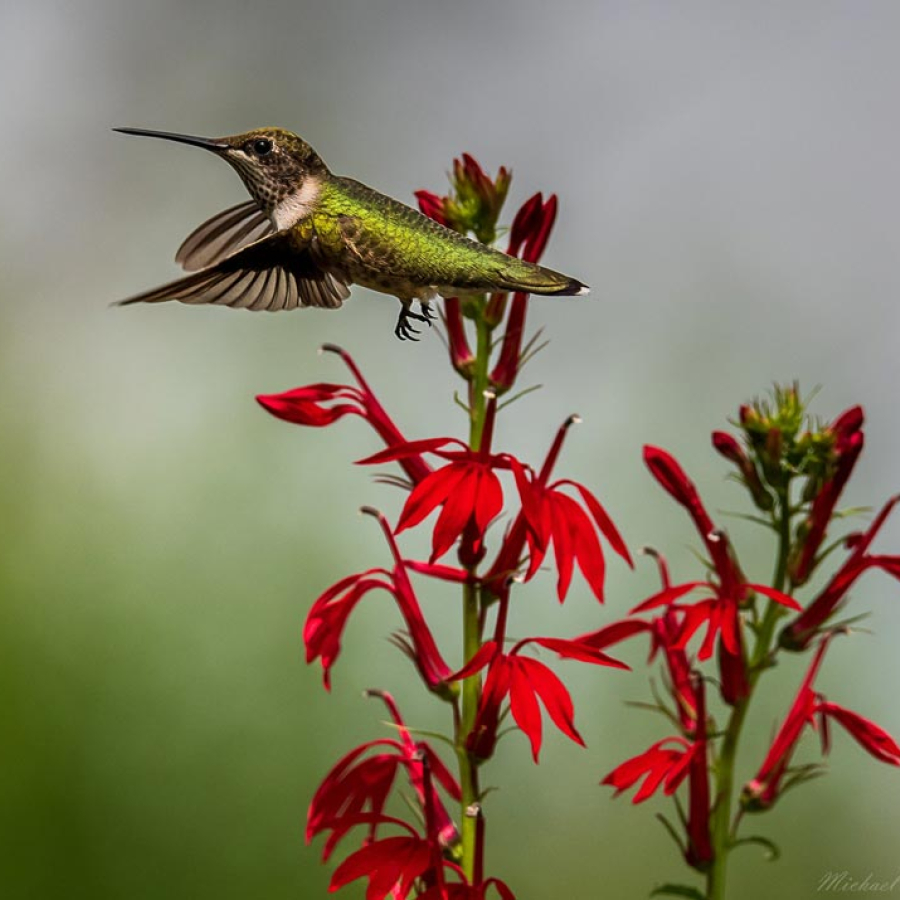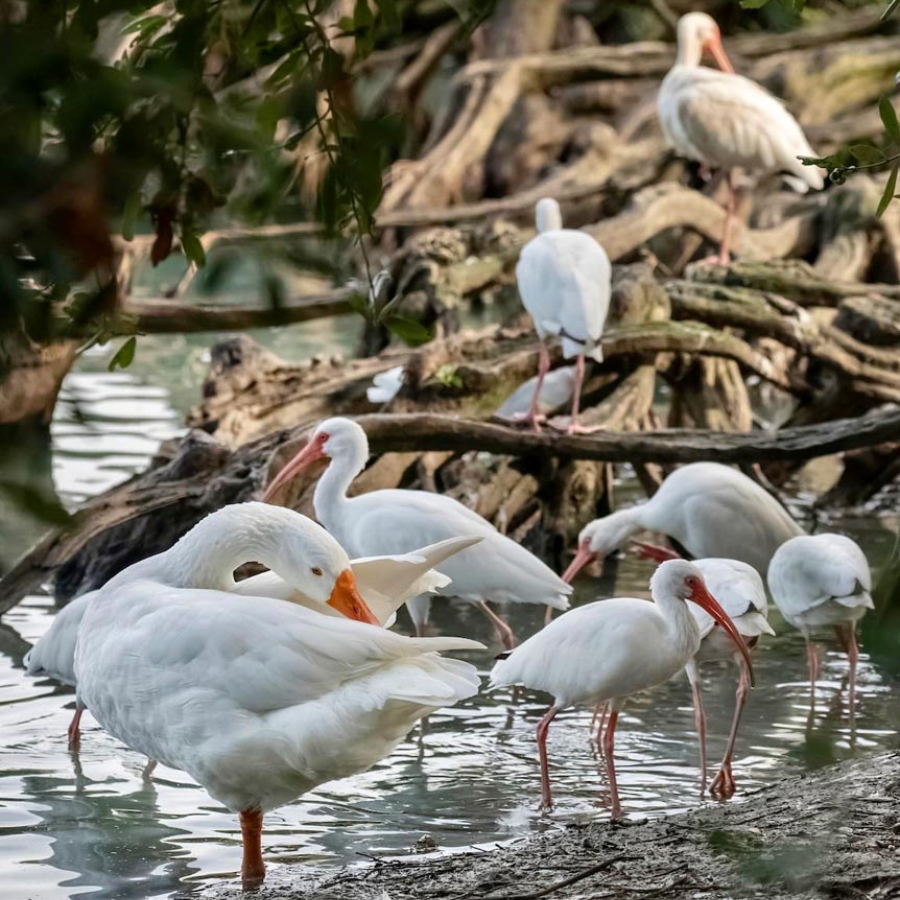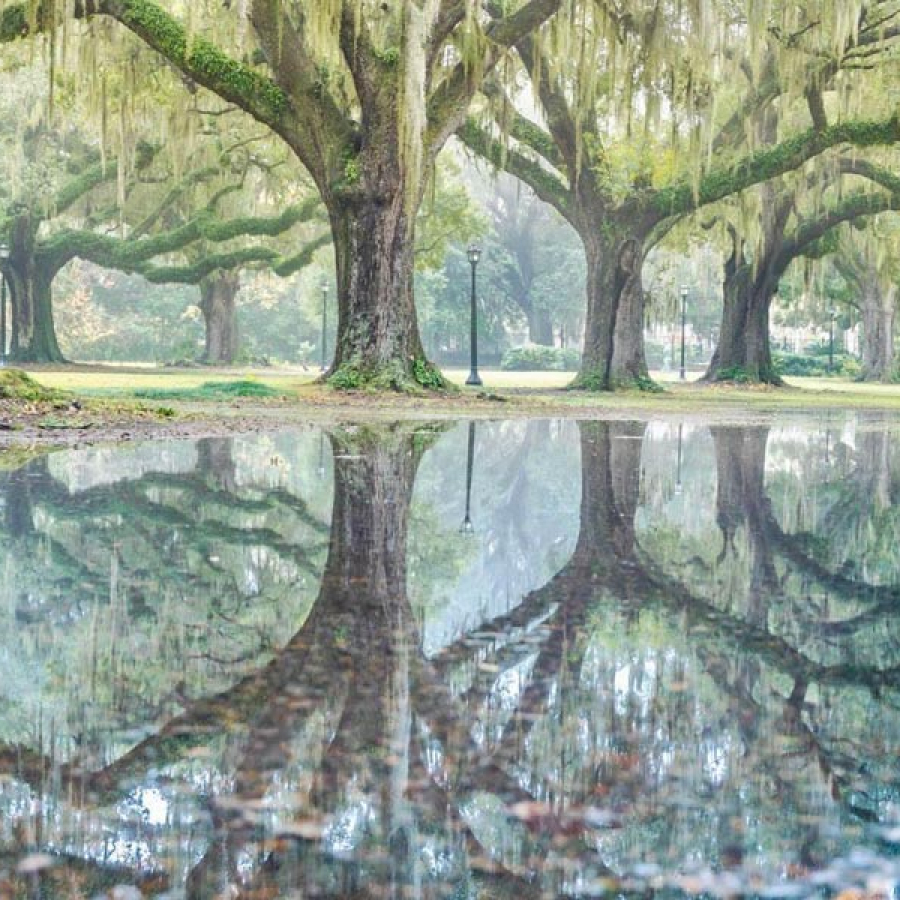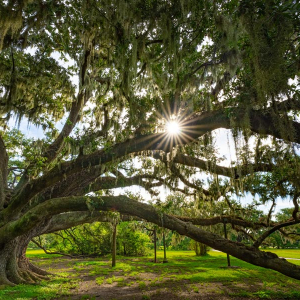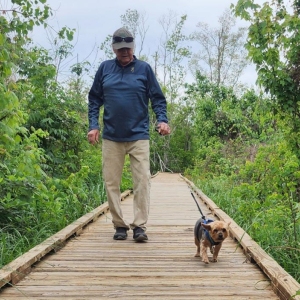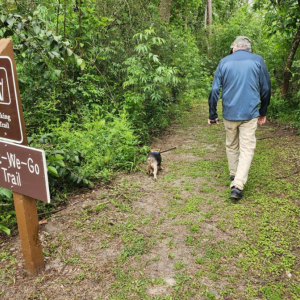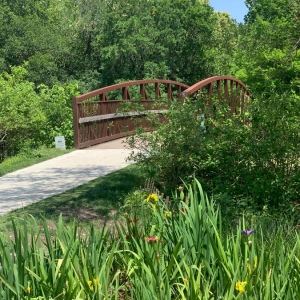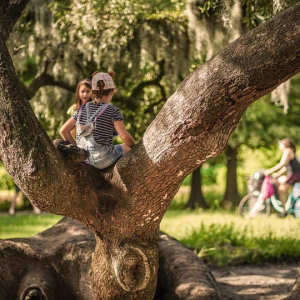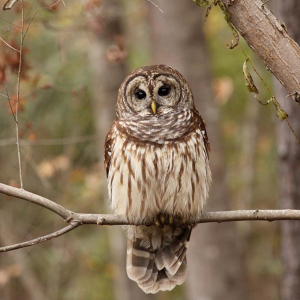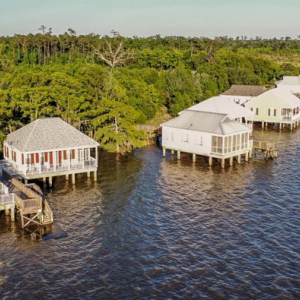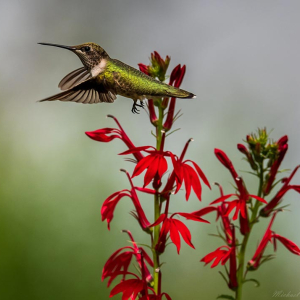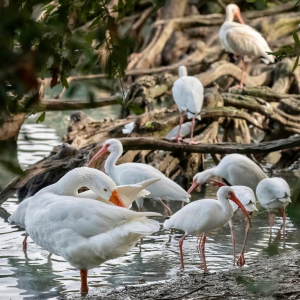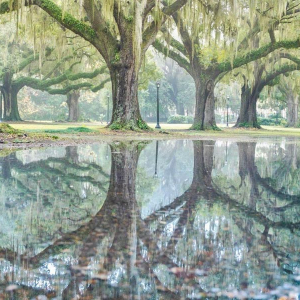New Orleans is known for its unique music, food and culture. But the natural beauty of our bayous and nature preserves are the Big Easy’s unspoken attractions. My husband and I are native New Orleanians and it’s safe to say we are always eager to immerse ourselves in our cultural melting pot, our festivals, and our irresistibly delicious cuisine. Perhaps a bit too much food, according to our bathroom scale, so our New Year’s Eve resolutions involved losing some weight the old-fashioned way by basically eating less and moving more.
We decided that the best way to move more would be to take in the natural side of our city, the other wild side. This may be the first resolution we have kept beyond the first couple of months because we have fallen in love with our weekend southern Louisiana adventure seeking in the beauty of the natural areas around New Orleans. We discovered many waterway activities, hiking, and biking trails, and we may have found our new favorite side of the city. We have two Frenchies, Jacques Imo and Bruneau, and they haven’t missed any chow either and needed to get out and walk more. It’s a winning move for all of us!
One of our favorite places to take a leisurely hike is the Ridge Trail in the nearby Bayou Sauvage Urban National Wildlife Refuge, a true urban jewel. We discovered this 6.8-mile out-and-back trail that is an easy walk through swamp and marsh on an elevated boardwalk and gravel trail that takes about two hours to complete. This trail is great for birding, hiking and walking, and we don’t encounter many other people while exploring. Wading waterfowl, brown pelicans and marsh rabbits are easily spotted. Dogs are welcome on a leash.
If you think there’s “not much to see” on this trail, you aren’t paying attention. Herons and egrets are silhouetted against a city skyline with 25,000 acres of fresh and brackish marsh nestled entirely within the city limits of eastern New Orleans. Bayou Sauvage National Wildlife Refuge is the nation's largest urban refuge! On the opposite bank of the bayou, we saw large alligators basking in the sun and a snapping turtle in the water. In the lagoon, there are freshwater red-eared slider turtles and more alligators, and it is said that they host over 225 species of birds. We saw a Great Horned Owl, nutria, bald eagles and wild hog tracks. There are many wildflowers and water lilies, and a gorgeous brown snake glided past me when I stopped to take a picture of the native purple Louisiana iris that are just beginning to bloom. The site has restrooms and a picnic pavilion and a 2/3-mile-long interpretive boardwalk loop trail that provides views of bottomland hardwood forest with many cypress trees draped in Spanish moss in the marsh habitat. Beyond the boardwalk, the gravel walking trail has little shade, so be sure to bring drinking water, insect repellent, a hat and sunscreen. Binoculars could be very handy. It may be tempting but please don’t feed the alligators! Encouraging them to approach humans as a source of food is dangerous for people and pets and unhealthy for the alligators.
Closer to home, Audubon Park is located in historic uptown New Orleans. The park is a popular destination for joggers, cyclists, skaters and walkers as well as those interested in bird and plant life. The park is full of ancient live oaks along the 1.9-mile easy loop trail and it takes about half an hour to complete the circuit if you don’t stop, but I suggest you spend some time gazing upon the island in the small lake that has a rookery that really comes alive in the late afternoon. You'll see many other locals enjoying nature while they walk their dog on a leash. You can also cross Magazine Street and follow the paved road that goes around the right side of Audubon Zoo. You will end up at The Riverview, known as “the Fly” by locals. With sweeping views of the Mississippi River, this is a breezy and scenic place to stroll with your dog and socialize with other dogs and locals. Continue along the other side of the zoo and on your way back toward Magazine Street, notice my favorite live oak tree on the left. It’s the first one you will see after you cross the tracks and the back side of the zoo. Locals call it the Tree of Life and many commune with nature on or under the huge branches.
Bayou Segnette State Park offers the best of everything, including four pet-friendly cabins! Just a 15-minute drive across the Mississippi River from New Orleans, a multitude of recreational opportunities await visitors of all ages. Activities include boating, fishing, camping, canoeing, hiking on the 2.8-mile nature trail, picnicking and swimming in a wave pool, as well as an ecosystem that offers you the chance to spot plants, trees and wildlife from both swamps and marshland.
Both salt and freshwater fishing are available because of the park’s unique location. From the boat launch, you may explore many areas not readily accessible by land. If you feel like casting a line, catches of bass, catfish, bream, perch, redfish and trout are common here. You can even rent a boat or they have dog-friendly floating cabins to fish from and to cook your catch! Picnic areas are available and the playgrounds will delight the children while the adults relax. Group shelters are also a perfect spot for large groups to gather.
After you have splashed the day away in Bayou Segnette’s popular wave pool or skipped across any one of the adjacent waterways by boat, you will be glad you took the time to sit back and watch nature at play; the wildlife is abundant and the vegetation worth closer study.
Fontainebleau State Park has the crumbling brick ruins of a sugar mill built in 1829 by Bernard de Marigny de Mandeville, founder of the nearby town of Mandeville. The wealthy Marigny developed this area across Lake Pontchartrain from New Orleans as a sugar plantation until 1852. The plantation income helped support his lavish lifestyle. He named his large landholding Fontainebleau after the beautiful forest near Paris, a favorite recreation area of the French kings.
The 2,800-acre park is located on the north shore of Lake Pontchartrain. On a clear day, visitors can see the lake dotted with multi-colored sailboats of all sizes and types. The sandy beach also is a delight for sunbathers. An old railroad track that runs through the park has been converted into the Tammany Trace as a part of the Rails to Trails program. It is a wonderful route for cycling, hiking, walking your dog and in-line skating. After a full day of activities, overnight guests can enjoy the rustic charm of the campground or the scenic setting of the lakefront cabins which are presently being renovated.
The park’s nature trail is a favorite of nature lovers. Interpretive signs along the trail will help you identify many of the common trees and shrubs. Always be on the lookout for birds and other animals, as over 400 different species live in and around Fontainebleau. Bordered on three sides
We decided that the best way to move more would be to take in the natural side of our city, the other wild side. This may be the first resolution we have kept beyond the first couple of months because we have fallen in love with our weekend southern Louisiana adventure seeking in the beauty of the natural areas around New Orleans. We discovered many waterway activities, hiking, and biking trails, and we may have found our new favorite side of the city. We have two Frenchies, Jacques Imo and Bruneau, and they haven’t missed any chow either and needed to get out and walk more. It’s a winning move for all of us!
One of our favorite places to take a leisurely hike is the Ridge Trail in the nearby Bayou Sauvage Urban National Wildlife Refuge, a true urban jewel. We discovered this 6.8-mile out-and-back trail that is an easy walk through swamp and marsh on an elevated boardwalk and gravel trail that takes about two hours to complete. This trail is great for birding, hiking and walking, and we don’t encounter many other people while exploring. Wading waterfowl, brown pelicans and marsh rabbits are easily spotted. Dogs are welcome on a leash.
If you think there’s “not much to see” on this trail, you aren’t paying attention. Herons and egrets are silhouetted against a city skyline with 25,000 acres of fresh and brackish marsh nestled entirely within the city limits of eastern New Orleans. Bayou Sauvage National Wildlife Refuge is the nation's largest urban refuge! On the opposite bank of the bayou, we saw large alligators basking in the sun and a snapping turtle in the water. In the lagoon, there are freshwater red-eared slider turtles and more alligators, and it is said that they host over 225 species of birds. We saw a Great Horned Owl, nutria, bald eagles and wild hog tracks. There are many wildflowers and water lilies, and a gorgeous brown snake glided past me when I stopped to take a picture of the native purple Louisiana iris that are just beginning to bloom. The site has restrooms and a picnic pavilion and a 2/3-mile-long interpretive boardwalk loop trail that provides views of bottomland hardwood forest with many cypress trees draped in Spanish moss in the marsh habitat. Beyond the boardwalk, the gravel walking trail has little shade, so be sure to bring drinking water, insect repellent, a hat and sunscreen. Binoculars could be very handy. It may be tempting but please don’t feed the alligators! Encouraging them to approach humans as a source of food is dangerous for people and pets and unhealthy for the alligators.
Closer to home, Audubon Park is located in historic uptown New Orleans. The park is a popular destination for joggers, cyclists, skaters and walkers as well as those interested in bird and plant life. The park is full of ancient live oaks along the 1.9-mile easy loop trail and it takes about half an hour to complete the circuit if you don’t stop, but I suggest you spend some time gazing upon the island in the small lake that has a rookery that really comes alive in the late afternoon. You'll see many other locals enjoying nature while they walk their dog on a leash. You can also cross Magazine Street and follow the paved road that goes around the right side of Audubon Zoo. You will end up at The Riverview, known as “the Fly” by locals. With sweeping views of the Mississippi River, this is a breezy and scenic place to stroll with your dog and socialize with other dogs and locals. Continue along the other side of the zoo and on your way back toward Magazine Street, notice my favorite live oak tree on the left. It’s the first one you will see after you cross the tracks and the back side of the zoo. Locals call it the Tree of Life and many commune with nature on or under the huge branches.
Bayou Segnette State Park offers the best of everything, including four pet-friendly cabins! Just a 15-minute drive across the Mississippi River from New Orleans, a multitude of recreational opportunities await visitors of all ages. Activities include boating, fishing, camping, canoeing, hiking on the 2.8-mile nature trail, picnicking and swimming in a wave pool, as well as an ecosystem that offers you the chance to spot plants, trees and wildlife from both swamps and marshland.
Both salt and freshwater fishing are available because of the park’s unique location. From the boat launch, you may explore many areas not readily accessible by land. If you feel like casting a line, catches of bass, catfish, bream, perch, redfish and trout are common here. You can even rent a boat or they have dog-friendly floating cabins to fish from and to cook your catch! Picnic areas are available and the playgrounds will delight the children while the adults relax. Group shelters are also a perfect spot for large groups to gather.
After you have splashed the day away in Bayou Segnette’s popular wave pool or skipped across any one of the adjacent waterways by boat, you will be glad you took the time to sit back and watch nature at play; the wildlife is abundant and the vegetation worth closer study.
Fontainebleau State Park has the crumbling brick ruins of a sugar mill built in 1829 by Bernard de Marigny de Mandeville, founder of the nearby town of Mandeville. The wealthy Marigny developed this area across Lake Pontchartrain from New Orleans as a sugar plantation until 1852. The plantation income helped support his lavish lifestyle. He named his large landholding Fontainebleau after the beautiful forest near Paris, a favorite recreation area of the French kings.
The 2,800-acre park is located on the north shore of Lake Pontchartrain. On a clear day, visitors can see the lake dotted with multi-colored sailboats of all sizes and types. The sandy beach also is a delight for sunbathers. An old railroad track that runs through the park has been converted into the Tammany Trace as a part of the Rails to Trails program. It is a wonderful route for cycling, hiking, walking your dog and in-line skating. After a full day of activities, overnight guests can enjoy the rustic charm of the campground or the scenic setting of the lakefront cabins which are presently being renovated.
The park’s nature trail is a favorite of nature lovers. Interpretive signs along the trail will help you identify many of the common trees and shrubs. Always be on the lookout for birds and other animals, as over 400 different species live in and around Fontainebleau. Bordered on three sides
Tagged in Places and Spaces in our Spring 2023 issue

